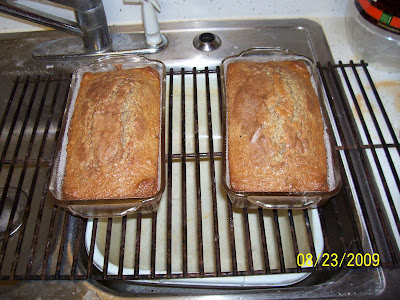The afternoon starts with getting the starter going. For this I am once again using one Tablespoon or 16 g of starter and building it slowly. The first feeding consists of the the starter, 4.5 g of flour and 7.5 g of water. My scale doesn't do anything less than a full gram so I rounded up to the nearest gram.
The second feeding was 9 g of flour and 15 grams of water.
The 3rd feeding will be 18 g of flour and 30 g of water.
the 4th and last feeding will be 36 g of flour and 60 g of water for a total of 197 g of starter.
Ready to go
The corrections I put in place on this version were to increase the amount of water to 2 cups instead of 1 1/2 cups to bring the hydration up to 55% and I doubled the amount of salt from 1 1/2 tsp to 1 tablespoon to bring the salt content up to 2%. I'm hoping the tweaks to the recipe will make a moister loaf with more tang and bigger holes. I plan to work on the crumb and crust also but I'll get to those as things progress.
Update: The corrections I put in this recipe turned out to be a disaster. More to the point, 2 cups of water was way too much and I think I messed up on building the starter by waiting too long after the last feeding before using it. This batch did not rise at all and it appeared way too wet, I wound up tossing the entire mix in the thrash. I need to revisit my methodology and formula on this one.
I guess I should expect this kind of set back once in a while. Sourdough ain't rocket science but one can over complicate it real easy.




















